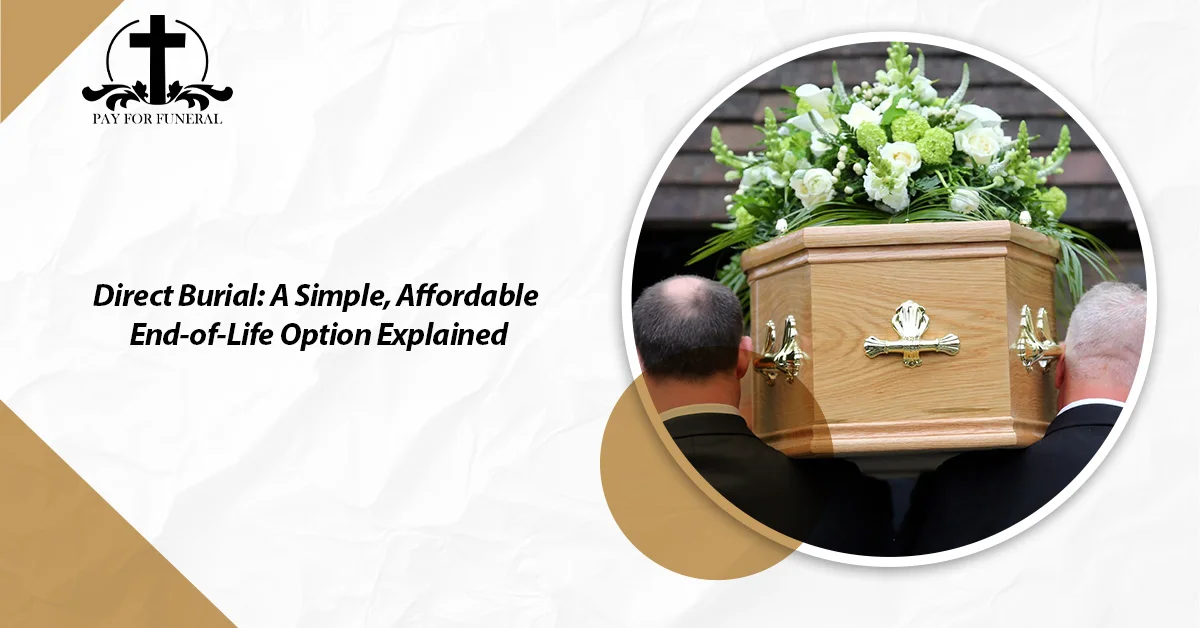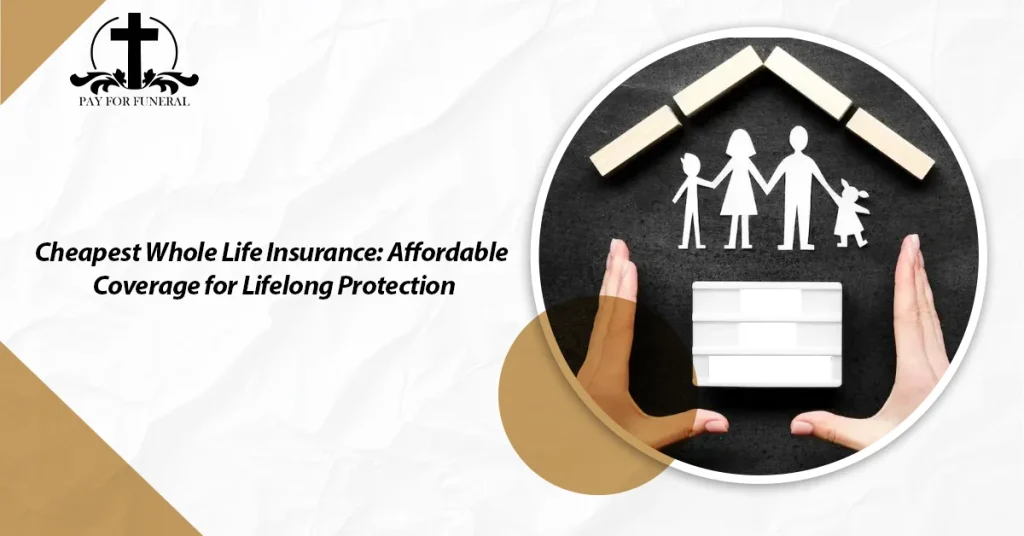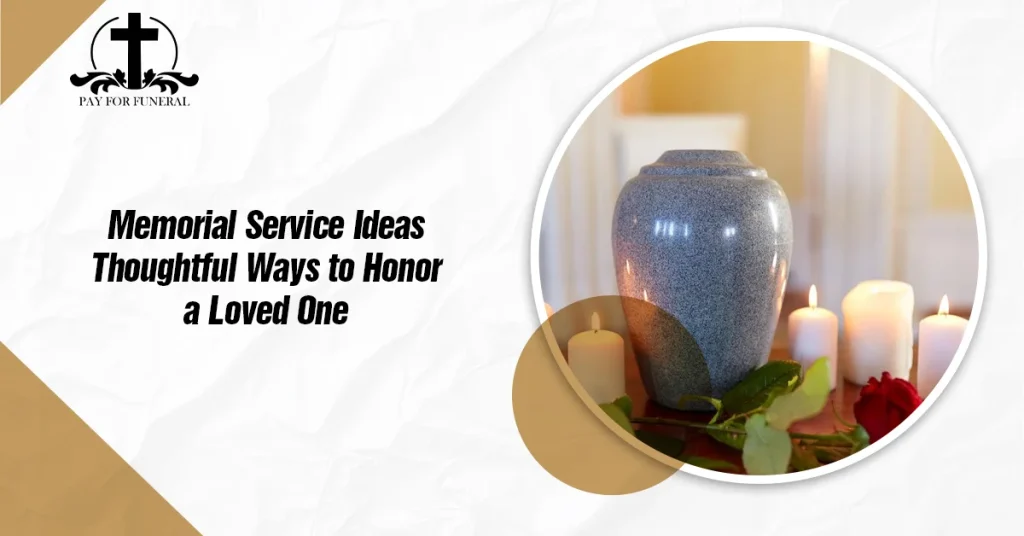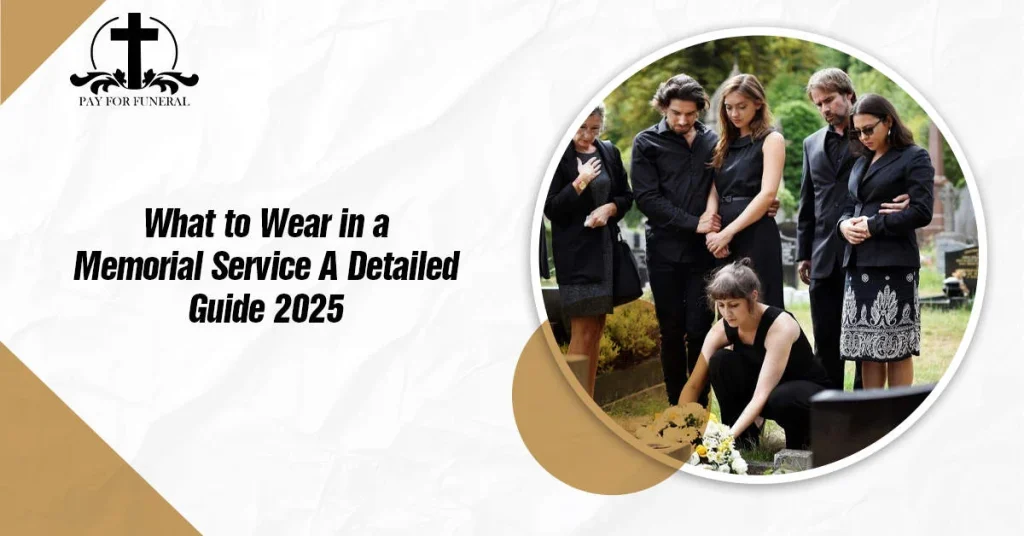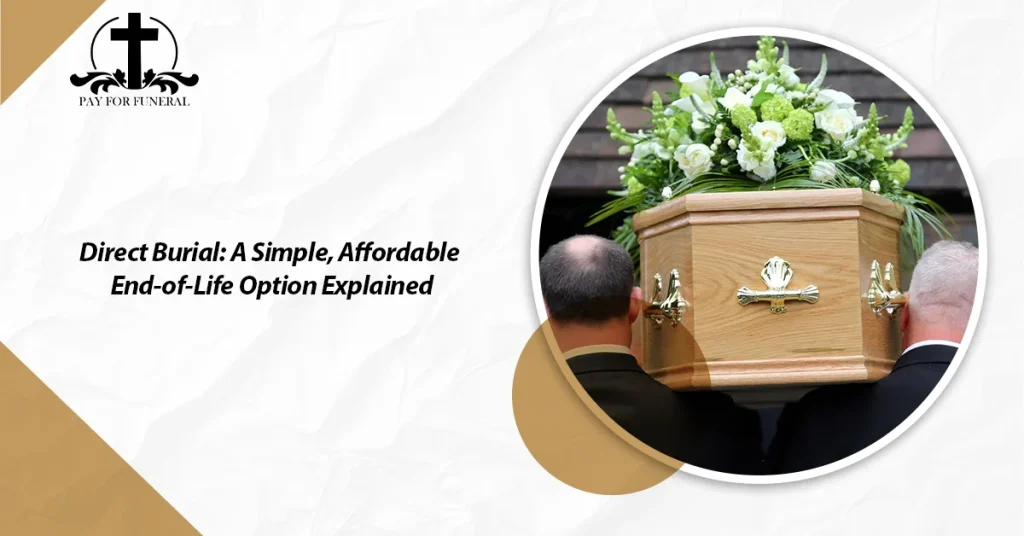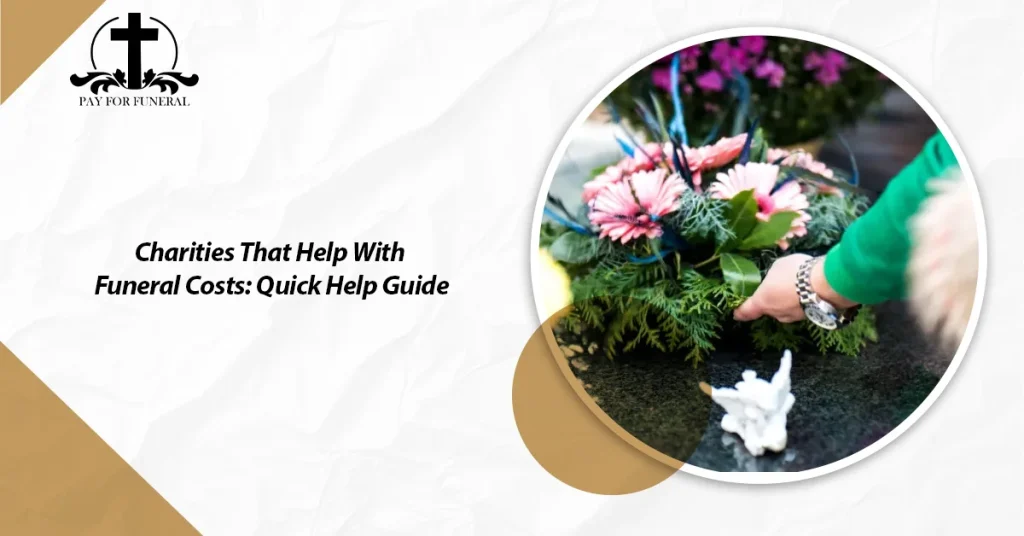Introduction
In recent years, more people have started seeking simple and affordable ways to bid farewell to their loved ones. One option that is becoming more popular is direct burial.
A direct burial is a basic, respectful burial that skips many traditional funeral services, like viewings or ceremonies. It focuses on keeping things simple while still honoring the person who has passed away.
In this article, we’ll explain what direct burial is, how it works, its main benefits, what it usually costs, how to arrange one, and answer some common questions. This guide will help you make an informed choice during a difficult time.
What Is Direct Burial?
A direct burial, also known as an immediate burial or no ceremony burial, is a simple and low-cost option where a person is buried shortly after death, without a public viewing, funeral service, or ceremony. The body is typically placed in a basic casket and buried in a cemetery, often within a day or two of passing.
Get Free Quotes
Customized Options Await
This type of direct burial funeral is very different from a traditional burial, which usually includes a wake, embalming, and a formal service that may take days to plan. It’s also different from cremation, where the body is reduced to ashes and may or may not involve a ceremony.
According to the National Funeral Directors Association (NFDA), direct burial is a practical choice for families who want a respectful goodbye without the extra expenses and planning that often come with traditional funerals. It’s especially helpful for those who prefer privacy, simplicity, or are working within a tight budget.
How Do Direct Burials Work?
A direct burial is a simple and fast process that involves only the essential steps needed to lay a person to rest. Here’s a step-by-step guide to how it typically works:
1. Death and Death Certificate Issuance
After a person passes away, a doctor or coroner confirms the death and issues a death certificate. This legal document is required for burial and must be filed with the local authorities.
2. Transportation to the Funeral Home or Cemetery
The body is then transported to a funeral home or directly to the cemetery by a licensed funeral provider. If a funeral home is involved, they will handle the required paperwork and help with cemetery arrangements.
3. No Viewing, Visitation, or Embalming
In a direct burial funeral, there is no public viewing or service beforehand, which means the body is not embalmed. This simplifies the process and reduces overall costs.
4. Burial Container or Casket
The body is placed in a basic casket or direct burial container, which is usually made of simple wood or fiberboard. These containers are functional and affordable, meeting cemetery requirements without unnecessary features.
5. Interment in the Cemetery
The body is then taken to the cemetery and buried in a grave plot. Some families choose to hold a short private moment at the gravesite, though this is optional.
6. Local Options
If you’re looking for a direct burial near me, it’s best to contact funeral homes or cemeteries in your area. Many offer direct burial packages, and prices may vary depending on location and local laws.
Tip: Check if your state has specific funeral rules. Learn more about state-specific funeral laws or contact your local funeral board for detailed guidance.
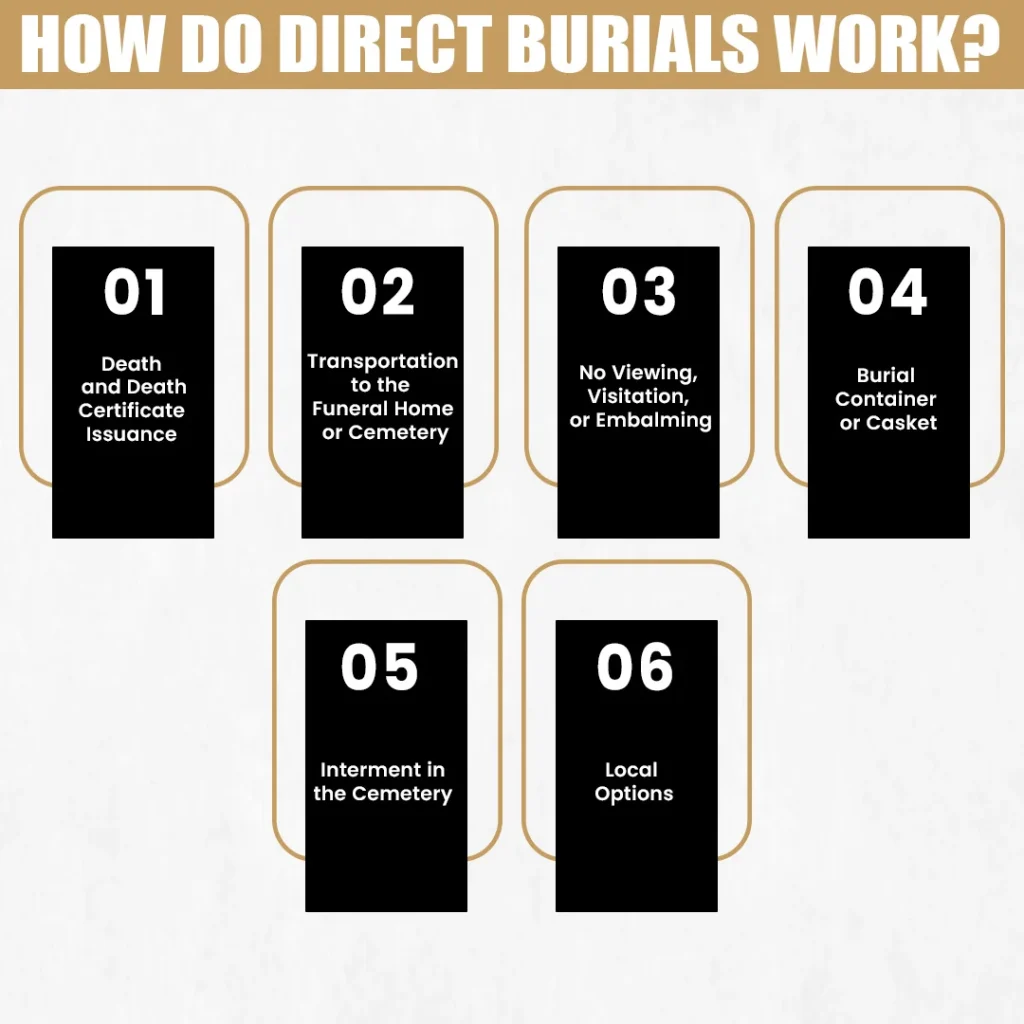
Benefits of Choosing Direct Burial
Choosing a direct burial comes with several key advantages, especially for families who want a respectful, no-stress farewell without the high costs and complicated arrangements of traditional funerals.
1. Cost-Effectiveness
Direct burial is often much more affordable than a traditional funeral. Since there’s no embalming, viewing, or formal service, families save on funeral home fees, floral arrangements, and transportation costs.
According to the National Funeral Directors Association (NFDA), the median cost of a traditional funeral with burial in the U.S. is around $8,000–$9,000, while a direct burial typically costs $1,000–$4,000, depending on location and provider.
| Service Type | Estimated Cost |
| Traditional Burial | $8,000 – $9,000 |
| Direct Burial | $1,000 – $4,000 |
| Direct Cremation | $500 – $2,500 |
Note: Prices may vary by state and provider. Always request a general price list (GPL) from funeral homes for accurate local costs.
2. Simplicity
Direct burial removes the pressure of organizing a ceremony, coordinating family travel, or making many decisions during a difficult time. It allows families to grieve privately or plan a separate memorial later, if they wish.
3. Faster Process
Since there is no delay for embalming, planning, or public services, direct burials usually take place within 24 to 72 hours after death. This is especially helpful for religious or cultural traditions that require a quick burial.
4. Environmental Benefits (Optional)
When combined with a natural or green burial, direct burial can reduce environmental impact. Skipping embalming chemicals, metal caskets, and concrete vaults helps preserve the land and minimize pollution.
Overall, a direct burial funeral is a practical and meaningful choice for families who value dignity, affordability, and peace of mind.
What Does a Direct Burial Include?
A direct burial offers the essential services needed to lay a loved one to rest, without the added extras of a traditional funeral. While packages may vary slightly between providers, most direct burial funeral options include the following:
What’s Typically Included:
- Basic Services from the Funeral Home
This covers the funeral director’s time, coordination, and support throughout the process. - Transfer of Remains
The body is picked up from the place of death (home, hospital, or care facility) and taken to the funeral home or cemetery. - Direct Burial Container or Casket
A simple, low-cost casket or burial container is used, often made of wood or fiberboard suitable for burial without a viewing. - Filing of Permits and Paperwork
The funeral home handles legal documents, including the death certificate and any necessary burial permits. - Transportation to the Cemetery
The body is respectfully transported to the chosen cemetery for interment. - Grave Opening and Closing (Sometimes Included)
Some packages may cover the cost of digging and sealing the grave, but this can also be billed separately by the cemetery.
What’s Not Included:
- Embalming
Since there is no viewing, embalming is not required or performed. - Viewing or Visitation
There is no formal opportunity for friends and family to view the body before burial. - Funeral or Memorial Ceremony
Direct burial does not include a service at a funeral home or church. Families may choose to plan a separate ceremony on their own, if desired.
Important: Always check with local funeral providers for their exact direct burial packages. Some services or cemetery fees may vary based on your location or personal preferences.
Factors Affecting Direct Burial Costs
The total cost of a direct burial can vary depending on several key factors. While this option is usually more affordable than traditional funerals, understanding what influences the price can help families make informed decisions.
Most direct burials cost between $800 and $3,000, but the final amount depends on the following:
1. Location
Where you live plays a big role.
- In urban areas, prices tend to be higher due to demand and higher operational costs.
- Rural regions may offer more affordable options, but with fewer providers available.
2. Cemetery Fees
Even though funeral home services may be low-cost, cemetery-related charges can add up:
- Grave plot purchase (price varies by location)
- Opening and closing of the grave (digging and sealing)
- Headstone or marker fees, if chosen
Some cemeteries bundle these costs, while others charge separately.
3. Casket or Direct Burial Container
The type of direct burial container you choose can affect the price.
- Basic containers made of cardboard or fiberboard are the most affordable.
- Upgraded caskets with wood or metal may cost significantly more.
Make sure the cemetery accepts the type of container you select.
4. Funeral Home Pricing Differences
Each funeral home sets its rates for direct burial services. Always ask for a General Price List (GPL) to compare options. Some may include transportation and paperwork filing in the base price, while others charge extra.
5. Third-Party Charges
These are additional costs that may not be included in the funeral home’s basic fee:
- Death certificate copies
- Burial permits
- Transportation fees (especially if long-distance)
For a clearer idea of what you might spend, consider using a funeral cost estimator or contacting local providers for a custom quote.
How to Arrange a Direct Burial
Arranging a direct burial is a straightforward process, but it’s important to follow each step carefully to ensure everything goes smoothly. Here’s how to do it:
Step-by-Step Guide:
1. Contact a Funeral Provider
Start by reaching out to a licensed funeral home or funeral director. Ask if they offer direct burial services and request their General Price List (GPL) to review costs and services included.
2. Choose a Cemetery and Burial Plot
Select a cemetery where you’d like your loved one to be buried. If you haven’t already purchased a plot, the funeral home can often assist you in making those arrangements.
3. Select a Burial Container
Choose a suitable direct burial container or casket. Most funeral homes offer basic, affordable options made of wood, fiberboard, or cardboard. Make sure the container meets the cemetery’s requirements.
4. Complete Necessary Paperwork
The funeral home will help you fill out and file:
- The death certificate
- Any local or state burial permits
- Cemetery-specific forms
Make sure you have valid identification and any required personal details about the deceased.
5. Schedule the Burial
Once all arrangements and paperwork are in place, the funeral home will schedule the burial with the cemetery. Some families may choose to hold a private graveside moment at this time, though it’s optional.
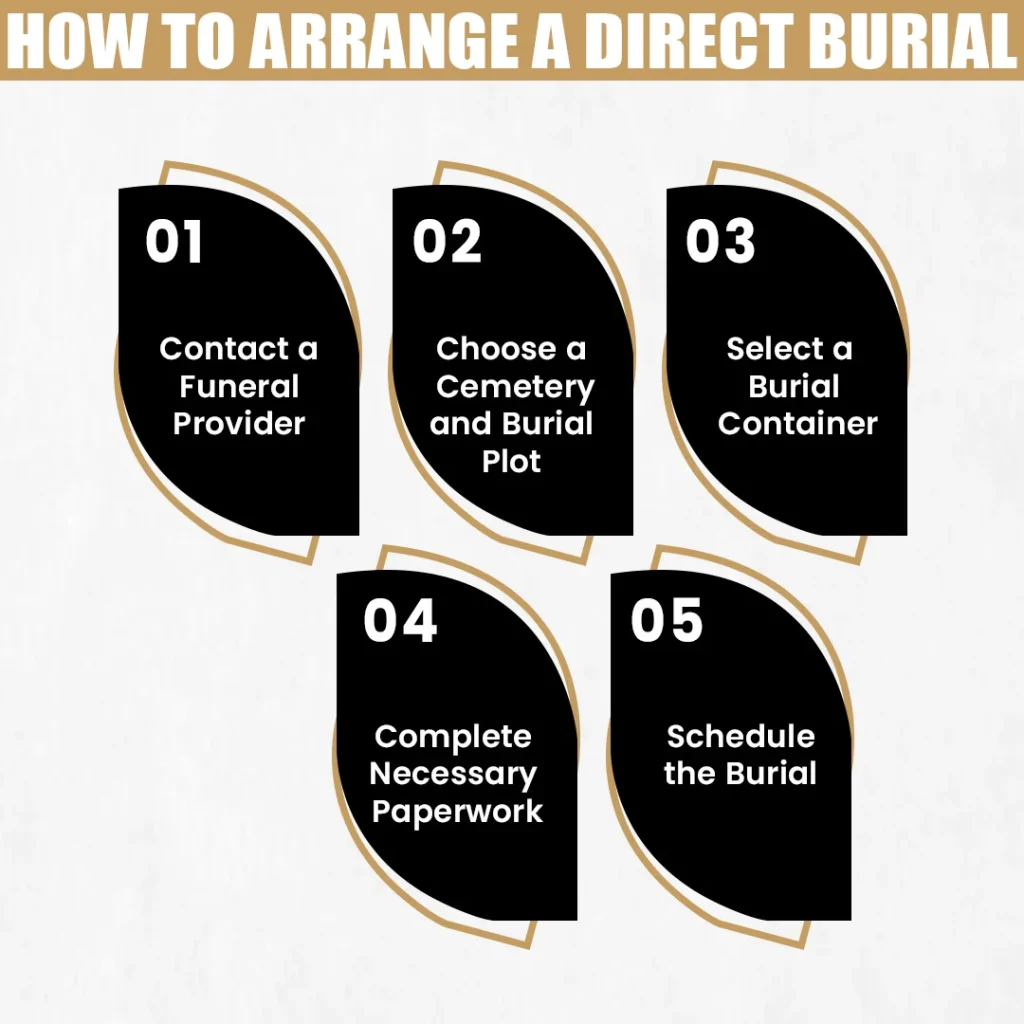
Tips for Choosing a Direct Burial Provider:
- Search locally: Use terms like “direct burial near me” to find nearby funeral homes with this service.
- Check credentials: Make sure the provider is licensed in your state and in good standing with consumer protection groups.
- Read reviews: Look for client feedback on Google, Yelp, or funeral comparison websites to gauge trust and professionalism.
- Ask about packages: Direct burial costs and inclusions can vary widely, so it’s best to compare a few options.
Conclusion
Direct burial offers an affordable, simple, and dignified way to say goodbye to your loved ones without the extra stress and cost of traditional funerals. Its straightforward process and respectful approach make it a thoughtful choice for many families.
If you’re considering a direct burial, speaking with a trusted funeral professional can help you find the best option for your needs and budget.
Need help arranging a direct burial near you? Find trusted local providers and get the support you need. Their expert team can help guide your family through every step of the process.
Frequently Asked Questions
Direct burial is a simple, no-ceremony burial without embalming or viewing, focusing on a quick and respectful interment.
Rules vary by state or country and usually require permits and timely burial, with some laws on embalming and death certificates.
Costs typically range from $800 to $3,000, with savings from no ceremonies, embalming, or fancy caskets.
Direct burial usually happens within 24–72 hours, depending on local laws and logistics.
Embalming and services are generally not required for direct burial, but may be needed if burial is delayed or by state law.
Rachel Smith, Funeral Insurance Specialist
Rachel Smith is a dedicated funeral insurance expert at Pay For Funeral, with over 10 years of experience helping families find peace of mind during life’s most sensitive moments. Known for her warm, compassionate approach, Rachel empowers individuals to plan with clarity, dignity, and confidence. She specializes in simplifying funeral insurance, making it approachable, affordable, and tailored to each person’s unique needs. Through every article she writes, Rachel strives to educate, comfort, and guide readers in making thoughtful, informed choices for the future.

